INTRODUCTION
At some point in their career,1all chess players start racking their brains over the topic of chess improvement. Whether we are talking about a 1200 player hoping to jump rapidly to 1900, a 2500 Grandmaster pondering if he should go professional or become someone’s second or a 2150 Candidate master not making progress for a while2,we have all asked ourselves the question: „What is the best way of getting better at chess?“
Oh sure, we all know some general principles. Read chess books. Play a lot. Know your openings. Study the endgame. Minimize online blitz. Blood, sweat and tears. Arbeit macht frei. 3
But most of us don’t know how exactly to implement them. How to train chess properly. How much time we should devote to a certain aspect of chess training. Especially if we are not chess professionals. If our daily hours are preoccupied with other endeavors. If we can devote only a limited time to our ancient game. 4
Partly the problem is that there is no magic formula for chess improvement. There is no such things as an universal approach. What works for some players might be catastrophic for others. Even the world’s most famous coach – Mark Dvoretsky – admitted in an interview chess training is highly individual:
“In some questions, people ask to get some concrete recommendations – at this level what should I do, at this level what should I do, this or that.
[…]
Such advice is impossible to give. People are very different and there are many ways to success.
[…]
To ask such a general question ‘what is better, this or that’ is just the wrong approach.”
This is why many chess players, like Andrzej Krzywda, find the role of a good trainer crucial. He helps you detect the best way of improving your chess. That works for yourself. Creating the most efficient training regiment completely on your own is difficult indeed.
However, it is, by no means, impossible.
Because many renowned chess authors have devoted entire books to the topic of chess improvement. And tried to guide the reader toward creating an effective training regiment. In this post, we have assembled a list of best chess books devoted to this particular area.
Sure, these books are not as common as opening volumes or endgame manuals. Mainly because they are much more difficult to write. They require deep knowledge of chess and psychology. And experience in improving – either yourself or your pupils.
But it makes them so much more valuable. Those who dare venture to write them usually know what they are talking about. In our choice, we have tried focusing on authors who have either made a serious (and rapid) progress themselves, or gained international recognition as strong players, trainers and authors.
So without further ado, allow us to present you with a list of best chess training books.
Chess training Bibles.
BEST CHESS TRAINING BOOKS
1.Jonathan Hawkings – From Amateur to IM: Proven Ideas And Training Methods
In the world of chess, stories of teens/adults who made a significant breakthrough later in life are rare. We have already mentioned Andrzej Krzywda, Polish CM who made his first IM norm at the age of 38. English Grandmaster Jonathan Hawkings is a more outstanding example.
Hawkings started playing chess as a kid – at the age of eight. However, for a long time, he never reached master level. At the end of 2007 (when he was 24), his rating sat at 2232. By his own admission, he didn’t work seriously on chess up to that point.
It all changed in 2008. Hawkings decided he has had enough. He devised a thorough training plan based on – the endgame. He identified key concepts of studying the last phase of the game and developed several methods allowing him to do it with maximum efficiency.
By his own admission:
„I always had quite a strong memory for chess. Ever since I learned the game I could recall all of my games – and the games of others – easily. So openings were my topic of study and I could memorize opening theory with no problem. I actually made some improvement in playing strength with this rather artificial method of study.
At some point though, this all changed and I became addicted to studying the endgame. I filled notebook after notebook with endgame analysis. This is what led to my biggest improvement. It also felt as if my better understanding helped me to assimilate more knowledge.“
The result? In just two years Hawkings increased his rating to 2410. He also scored three IM norms on the way and in 2010, he became an International Master. Later, in 2014, he also became a Grandmaster. (You can check his rating progress on his FIDE profile)
In the meantime – in 2012 – he wrote the book in which he summarized his experience. The main value of From Amateur to IM is lack of technicality – the number of theoretical positions is minimal. Hawkings focuses on the thinking process instead. He explains how he approaches endgame positions. His focus is the construction of small plans that allow one side to create the play. Instead of memorizing the whole process, Hawking tries to teach the reader how to play the endgame.
2.Axel Smith – Pump Up Your Rating
Jonathan Hawkings is not the only one who improved his rating and reached master level in a short period of time. The story of Swedish Grandmaster Axel Smith is similar to an extent, but arguably even more impressive.
In January 2006, Axel was 20 years old and had a „mediocre“ rating of 2093. 5 Just two years later, in January 2008, he increased his rating to the staggering 2458 ELO. He also became an International Master in the process. And in 2010, he too managed to attain a GM title.
In his book aptly titled Pump Up Your Rating, Axel presents his approach to chess training. Unlike Hawkings, his focus isn’t only the endgame. He covers all aspects of the chess game – opening study and preparation, middle game mastery and endgame technique. He also pays attention to the psychology in chess. He tries to paint an overall picture and show the best way of practicing and improving in chess.
His subsequent career coaching gives additional credibility to his methods. He has worked with a number of talented Norwegian juniors. Among his pupils, the name of Aryan Tari, 2017 World Junior Champion, stands out in particular.
3.Mark Dvoretsky, Artur Yusupov – Training For The Tournament Player
Mark Dvoretsky is widely recognized as one of the greatest chess trainers of all time. Although he was a very strong player himself, at a relatively early age he decided to quit professional chess and devote himself to chess coaching.
Ever since several generations of strong Soviet players went through his hands. A number of his pupils, like Sergey Dolmatov and Artur Yusupov, went on to become world-class players. God only knows with how many players he had brief sessions. There are indications he even advised Vishy Anand during his 1995 match against Garry Kasparov.
Apart from his strict and demanding approach toward his students, Dvoretsky is also famous for his productivity as a chess writer. During his life, he wrote a huge number of high-quality chess books and articles. On this blog, we have already mentioned his Analytical Manual. This time, I would like to mention a book he co-authored with his strongest pupil Artur Yusupov (and several other authors) – Training For The Tournament Player.
As the title of the book suggests, the focus of the book is chess training. In contrast to his other books which are more suitable for master level players, this time Dvoretsky focuses on an average club (tournament) player. Over the course of eight chapters, Dvoretsky and his co-authors explore well-known chess training methods such as:
- Analyzing your own games
- Determining your strengths and weaknesses
- Studying the classics
- Planning in the middlegame
and advise the reader how to extract maximum efficiency from each and every one of them.
A great read full of unique insights and ideas. The book will surely motivate you to try and implement them in your chess training routine.
Or to create one in the first place.
4.Mikhail Shereshevsky – The Shereshevsky Method to Improve in Chess: From Club Player to Master
Although Dvoretsky is the most famous Russian chess trainer, he was not the only one. Fervent readers of this blog might remember another big name – Mikhail Shereshevsky. Bruno wrote a detailed review of his book devoted to the endgame – Endgame Strategy. Today, we would like to mention his chess training book titled The Shereshevsky Method To Improve In Chess.
In 2014, the Russian Chess Federation decided to start a wide-ranging programme aimed at the revival of chess in Russia. 6 They invited none other but Shereshevsky to condense his chess training methods and write a manual about chess improvement.
In his book, Shereshevsky offers solutions to common problems an average club player faces. He explains how to build an opening repertoire. How to analyze the classics. How to study the endgame. He particularly emphasized the importance of good calculation and introduces exercises that help you practice your calculation technique.
To an extent, the content is similar to the content of the Training For The Tournament Player. It is not surprising since Shereshevsky himself admits he has learned a lot from Dvoretsky.
The key difference is the target audience, though. Dvoretsky was famous for working with master-level players and turning them into grandmasters. Shereshevsky, on the other hand, had more experience with players of Candidate Master level. And below. In his own words:
„Dvoretsky got to take players who were already Soviet masters, whereas most trainers have to work with players of first-category or candidate master strength, who still have some way to go to achieve master strength. In addition, Dvoretsky could limit himself to working with no more than three pupils at a time, at his home, and in convenient conditions, whereas a children’s trainer has to work with several groups at once, with a least six per group. Then they have to deal with trainers’ committess, a lot of unnecessary bureaucracy, report-writing, etc. Not much time was left for creative preparation work.
I established my system, with which I prepared three USSR junior champions for boys and girls, and who later became winners and prizewinners at world and European championships.
[…]
And all my pupils came to be as ‘green’ first category players or candidate master.“
Therefore, even though Training For The Tournament Player is lighter than other Dvoretksy’s books, some players might prefer The Shereshevsky Method nevertheless.
HONORABLE MENTION
We consider the four books mentioned above as chess training Bibles because they focus precisely on the creation of an overall chess training plan.
However, there are many great books out there that aren’t specifically aimed at this area, but which yet contain valuable pieces of advice. We felt this post wouldn’t be complete if we didn’t mention some of the more renowned.
In no particular order:
Alex Yermolinsky – Road To Chess Improvement
American grandmaster Alex Yermolinsky has a very interesting biography. After learning the „basics“ of chess in the Soviet Union, as a young adult, he emigrated to the USA and made a chess career there, becoming the US national champion two times in the process.
I may be biased by including a book of since I am a huge fan of his deep baritone and his „Every Russian Schoolboy Knows“ series. But I find his Road To Chess Improvement fascinating. In the book, ‘Uncle Yermo’ basically tells the story of his improvement through 60 games he played. From younger years to veteran days.
It is perhaps not a book about „chess training“ as such. Yermo primarily focuses on the technique of analyzing your own games and extracting lessons from them. But through the process, he touches many aspects of the game and teaches us a lot about chess, chess training and tournament play.
Sam Shankland – Small Steps To Giant Improvement: Master Pawn Play In Chess
A book by the current USA champion and number 24 in the world 7, Sam Shankland. The topic of his book is pawn play. Since few books focus solely on this aspect of the middle game and considering Sam Shankland made a breakthrough in 2018, this book might be worth a read.
Jeremy Silman – The Amateur’s Mind: Turning Chess Misconceptions into Chess Mastery
A book by the renowned chess author Jeremy Silman, in which he analyzes the games of his students – club level players – and focuses on their mistakes. What were they? Why they made them? How to eradicate them?
Perhaps the topic of the book is not chess training per se. But I feel an average player can benefit enormously from this unique approach to chess analysis.
John Nunn: John Nunn’s Chess Course
I feel any list about chess training books wouldn’t be complete without at least one book by renowned English GM and World Problem Solving Champion, John Nunn. In John Nunn’s Chess Course he takes a look at the games of Emmanuel Lasker and tries to bring them closer to an average chess player.
He doesn’t focus on extensive analysis, but rather tries to extract lessons from Lasker’s play.
Jonathan Rowson: The Seven Deadly Chess Sins
I just had to include this book because the title and the concept behind it is genius. Top Scottish GM Jonathan Rowson analyzes typical mistakes players make in a highly original, entertaining and instructive manner.
Jacob Aagaard – Grandmaster Preparation: Calculation
Last but not the least, Jacob Aagard’s Grandmaster Preparation series is highly praised by professionals and amateurs alike. I haven’t read all of it, but I liked the book about calculation the most. I think many club-players have trouble with calculation technique, both during the training and the actual game. Grandmaster Preparation: Calculation teaches you different methods of improving your calculation and of being disciplined in your thinking when you start to consider a position on the board.
CONCLUSION
With this, we have arrived at the end of the article. Before we depart, allow me to insert a short disclaimer.
You probably won’t go wrong by getting any of the books we mentioned above. What IS wrong is thinking you will improve just by buying them. Or reading them. They don’t guarantee a rapid increase in rating. You need to apply the lessons you learn from them.
Today, a lot of people are seeking a quick and easy way for improvement. Many chess publicists realize that and try to sell the notion that such a way exists. One such book is, for instance, Rapid Chess Improvement by Michael de la Maza. In his book review, Jeremy Silman was incredibly critical of its content:
“Mr. de la Maza starts out by doing something I can’t stand: he tells you, over and over and over (page after page after page), what he’s going to do for you without teaching you anything. This technique is popular in many self-help and how-to books. It serves as page filler, it revs the reader into a frenzy, and it obscures the fact that the author actually has very little of worth to say.
[…]
Everyone clearly loves the idea of easy and rapid improvement (who wouldn’t?), and they all can’t wait for those rating points to pour in (kind of reminds me of those late-night infomercials about instant wealth). Yet, hope alone won’t get the job done.”
Unfortunately, in chess, there are no shortcuts. Chess improvement is a long and arduous task, full of setbacks, frustration and disappointment. Chess training includes racking your brain so much it hurts, without even finding a solution to a tactic or study.
But that is not necessarily a bad thing. Because all the pain makes the entire process worth it. And the final result so much more rewarding. Allow me to paraphrase my favourite blogger Mark Manson here: 8
„Chess training is really fucking hard, of course. But chess is difficult by nature.
Besides, if life was just all fun and fellatio, then nothing good would ever get done.
And no one would ever grow.“9
- Initially, I wanted to write life instead of a career, but then I realized it comes to the same. I mean – chess players don’t have a life away from a career, anyway
- The pain is real
- I admit. I admit. I might have heard last two somewhere else. Especially THE last one
- I don’t know about you, but I already find this article highly relatable
- Mediocre compared to master level player. By no means do I wish to insult 2100 players
- I guess such things happen when you don’t have a World Champion since 2007
- At the moment of writing
- The end of his great article Maybe You Don’t Know What Love Is
- I know this last bit doesn’t sound particularly motivating. Perhaps I have overestimated the difficulty because I am having trouble advancing to the master level. Truth be told, the learning curve in chess is very steep. Beginners and intermediate players do advance more quickly. Some youngsters also reach the master level with ease. But if you are not one of those „luckers“, it will not all be “fun and fellatio”.

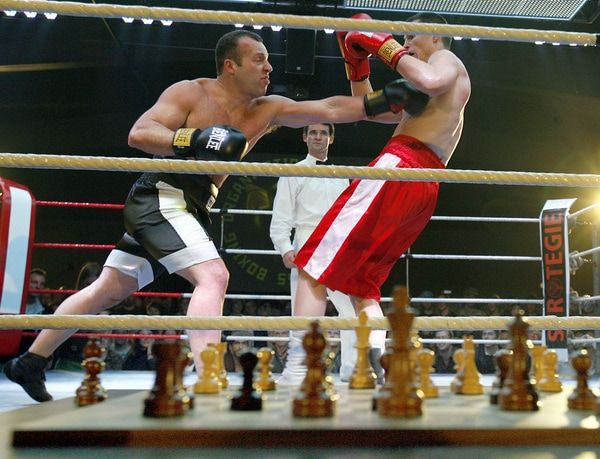
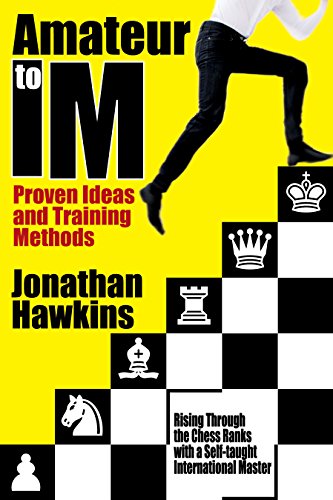
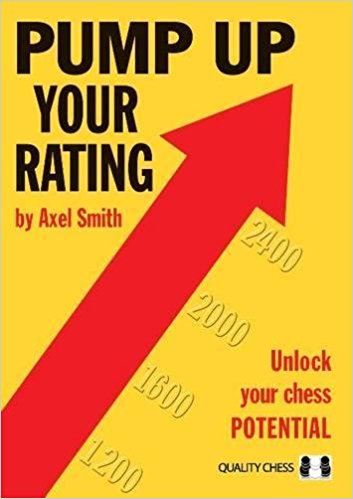
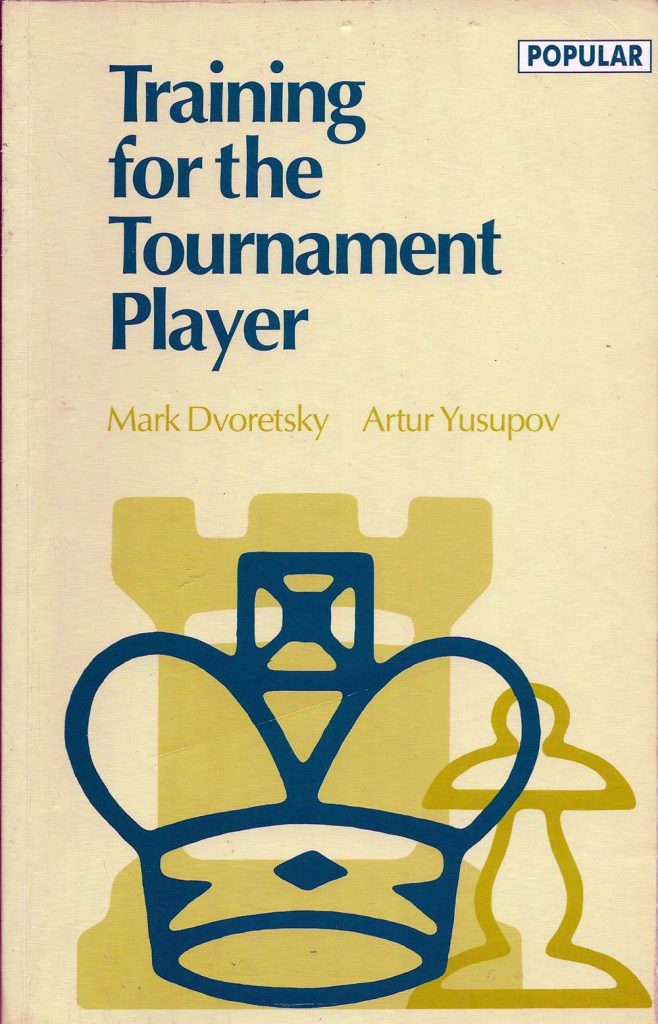

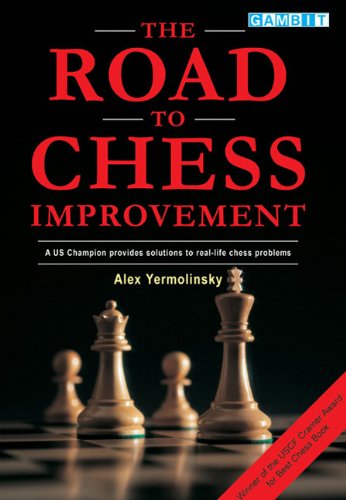

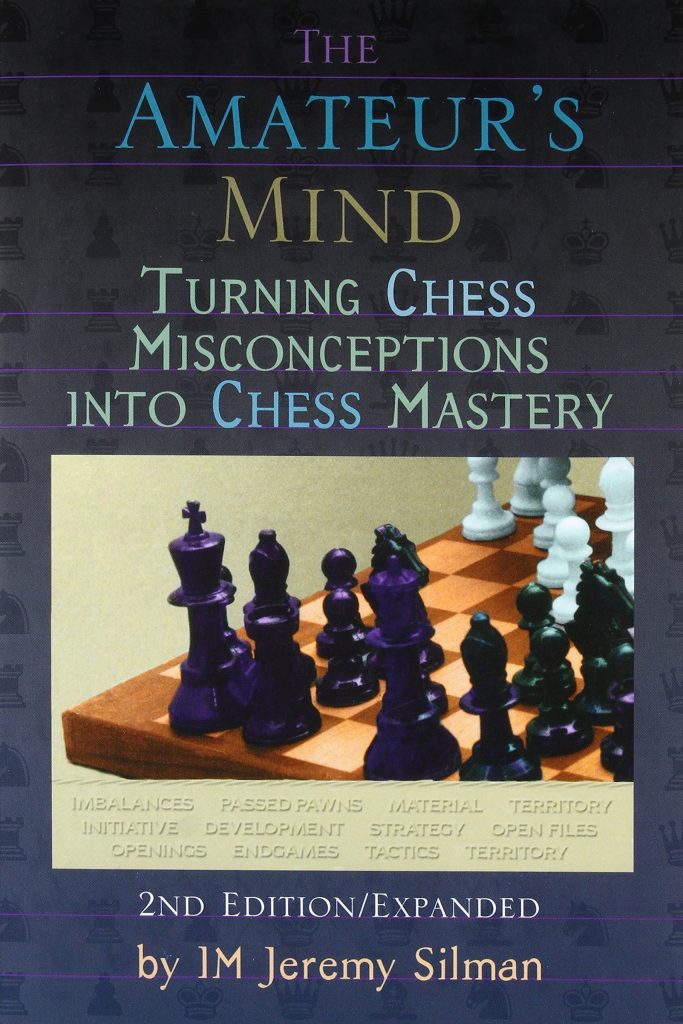
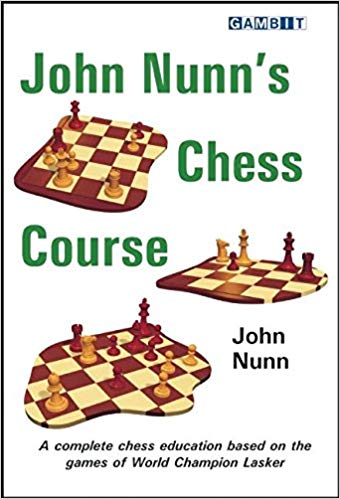
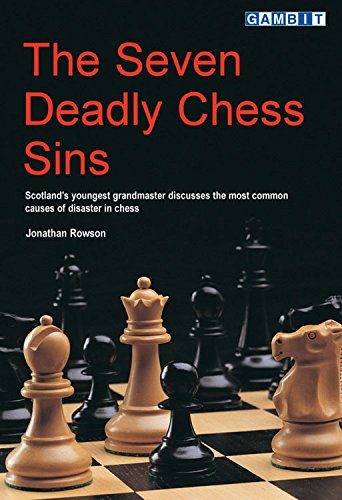

Interesting review, but it would be nice if all book reviews indicates what rating levels they are appropriate for.
Hi M. Siipola,
Yes, you may be right, but it is awfully hard to evaluate that.
I would say all these books are good for club players rated between 1700-2100. They are not for complete beginners.
Why hasn’t the Artur Yusupov series even received an honorable mention? In my opinion it easily matches all of the other books mentioned. Also, Aagaard’s Grandmaster series deserves more than just one book included. The whole series should have been included since Calculation is only meant to cover one part of training. Endgame play is one of the best (advanced) endgames books on the market,
I have read some of the books mentioned and there are good books mentioned but the series I mentioned should not have been left off this list.